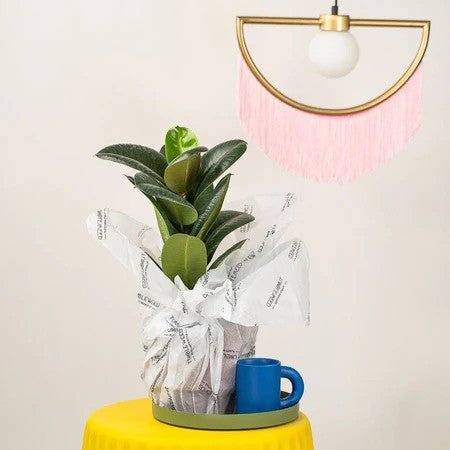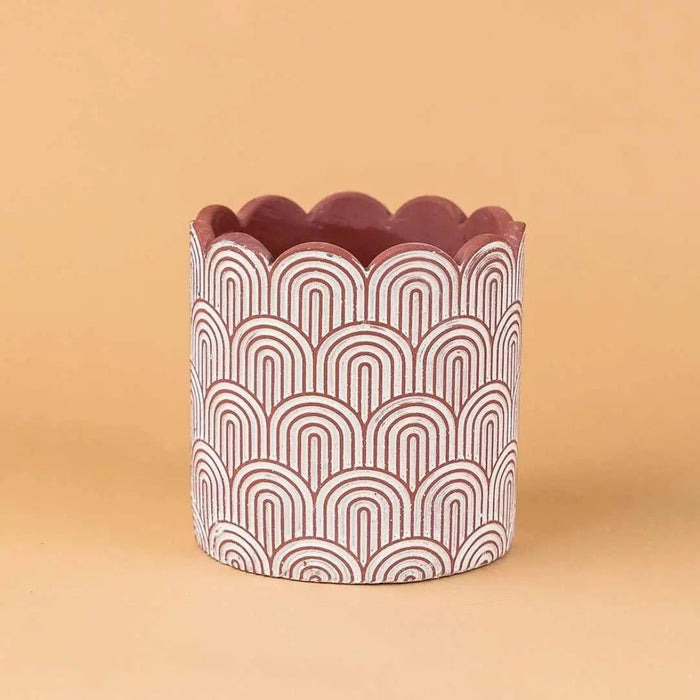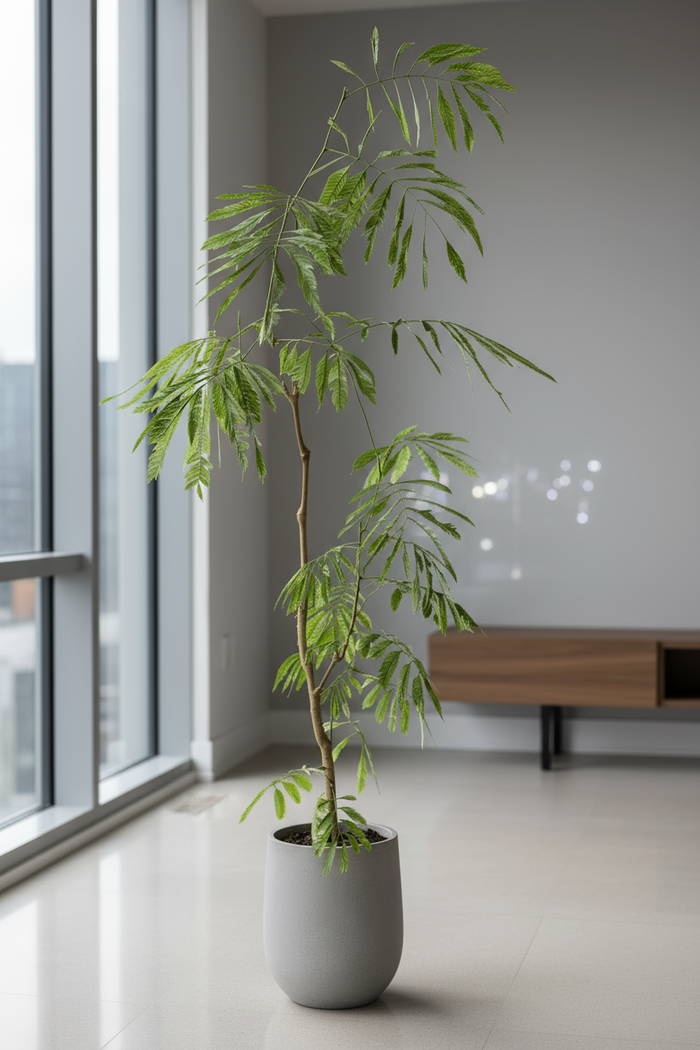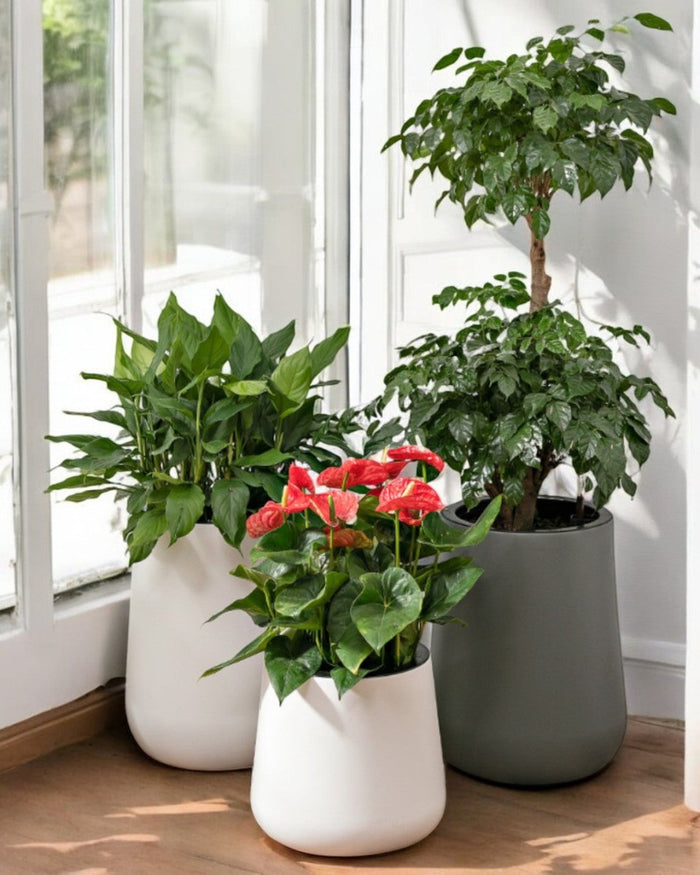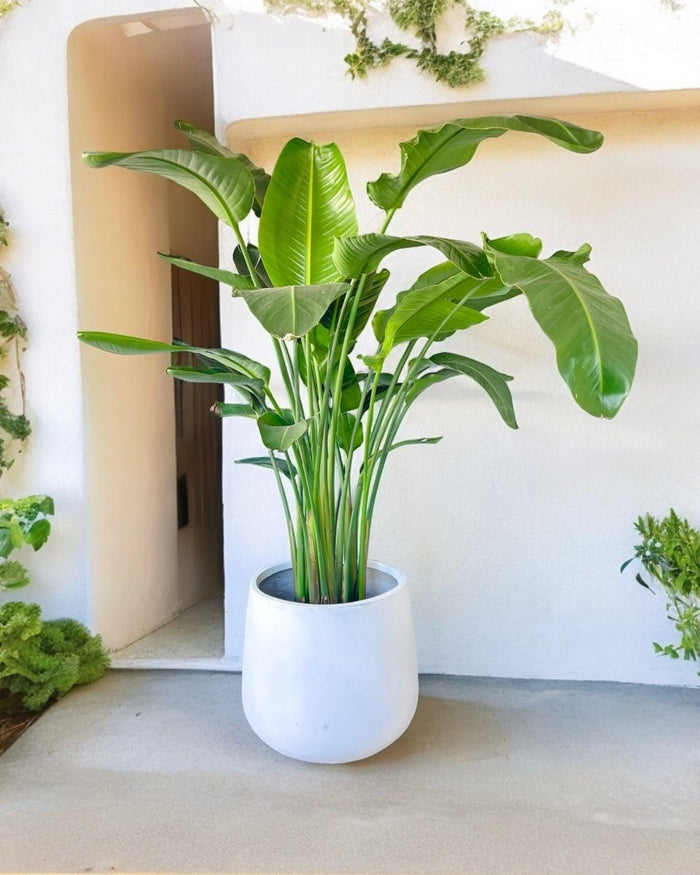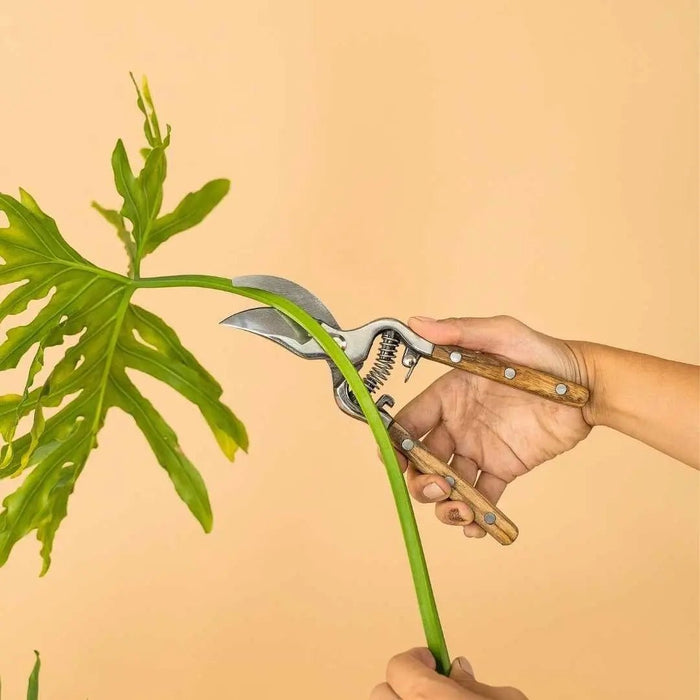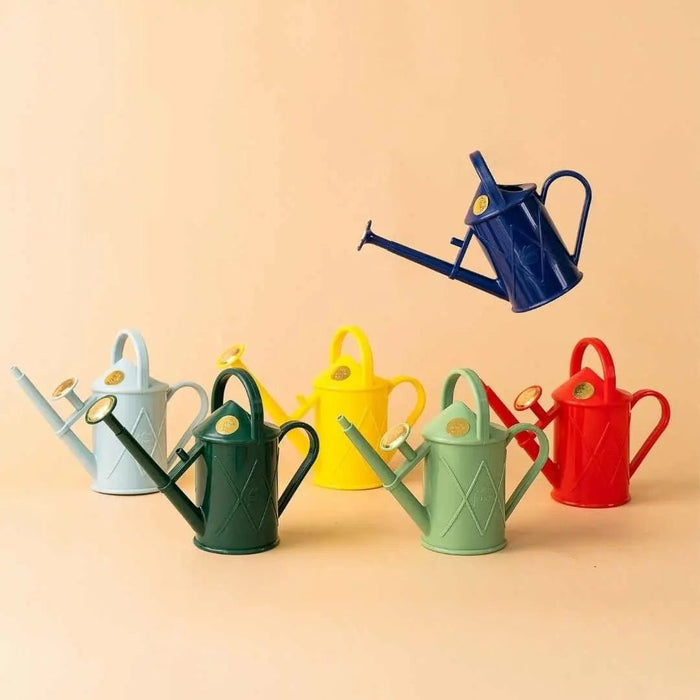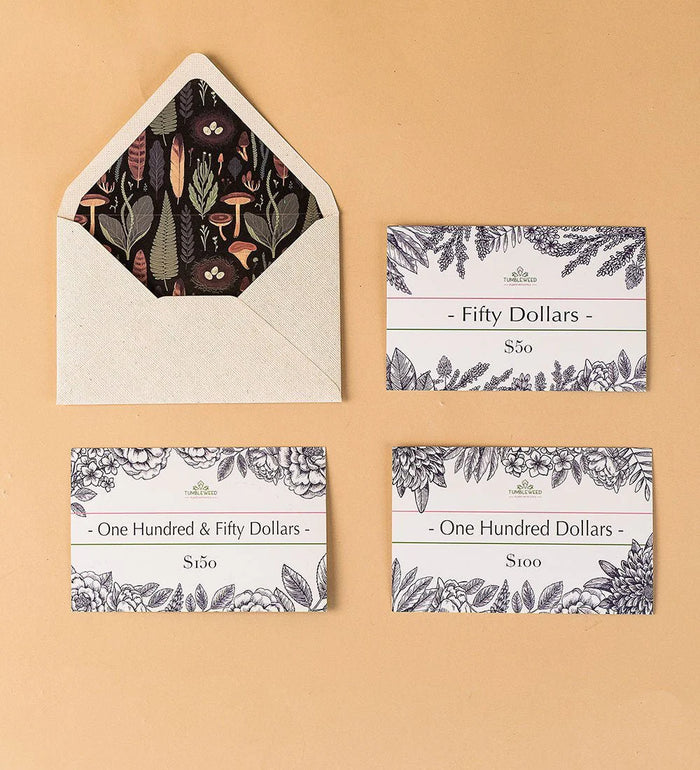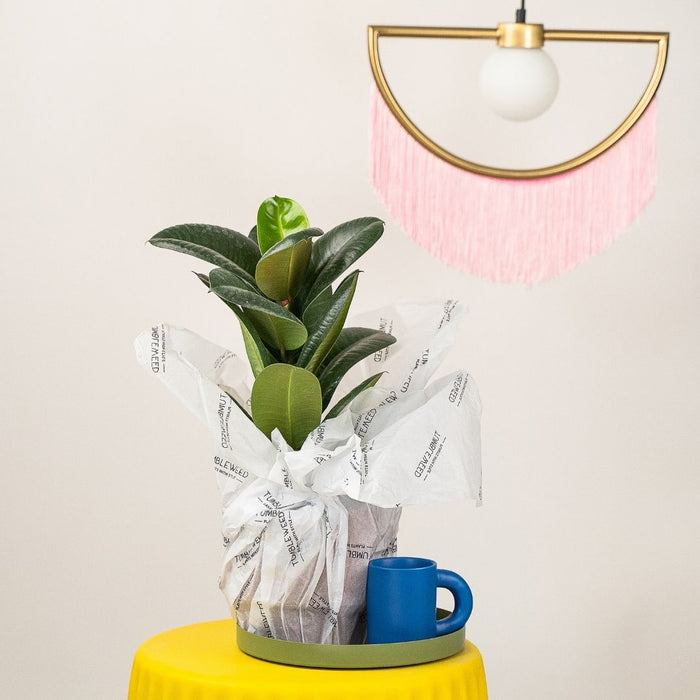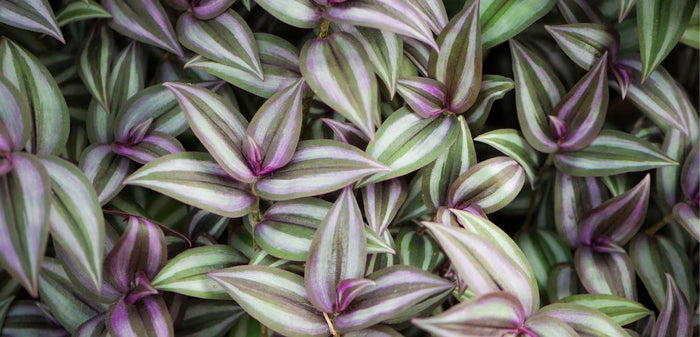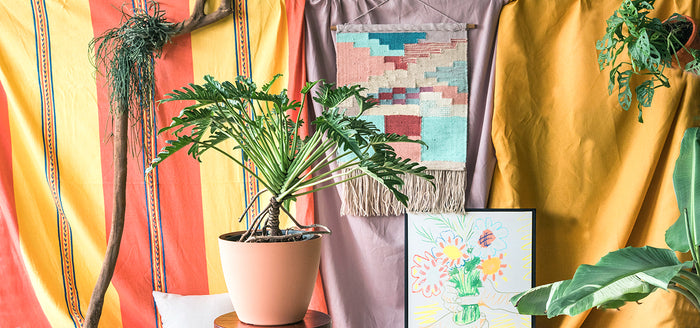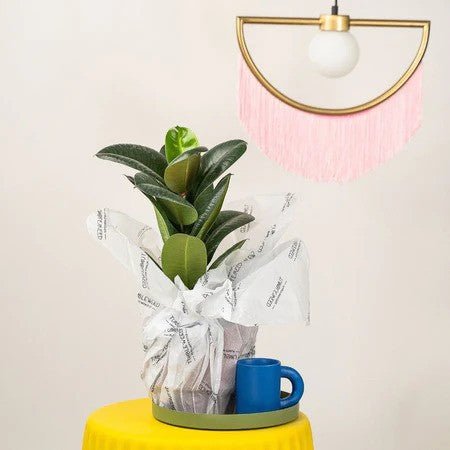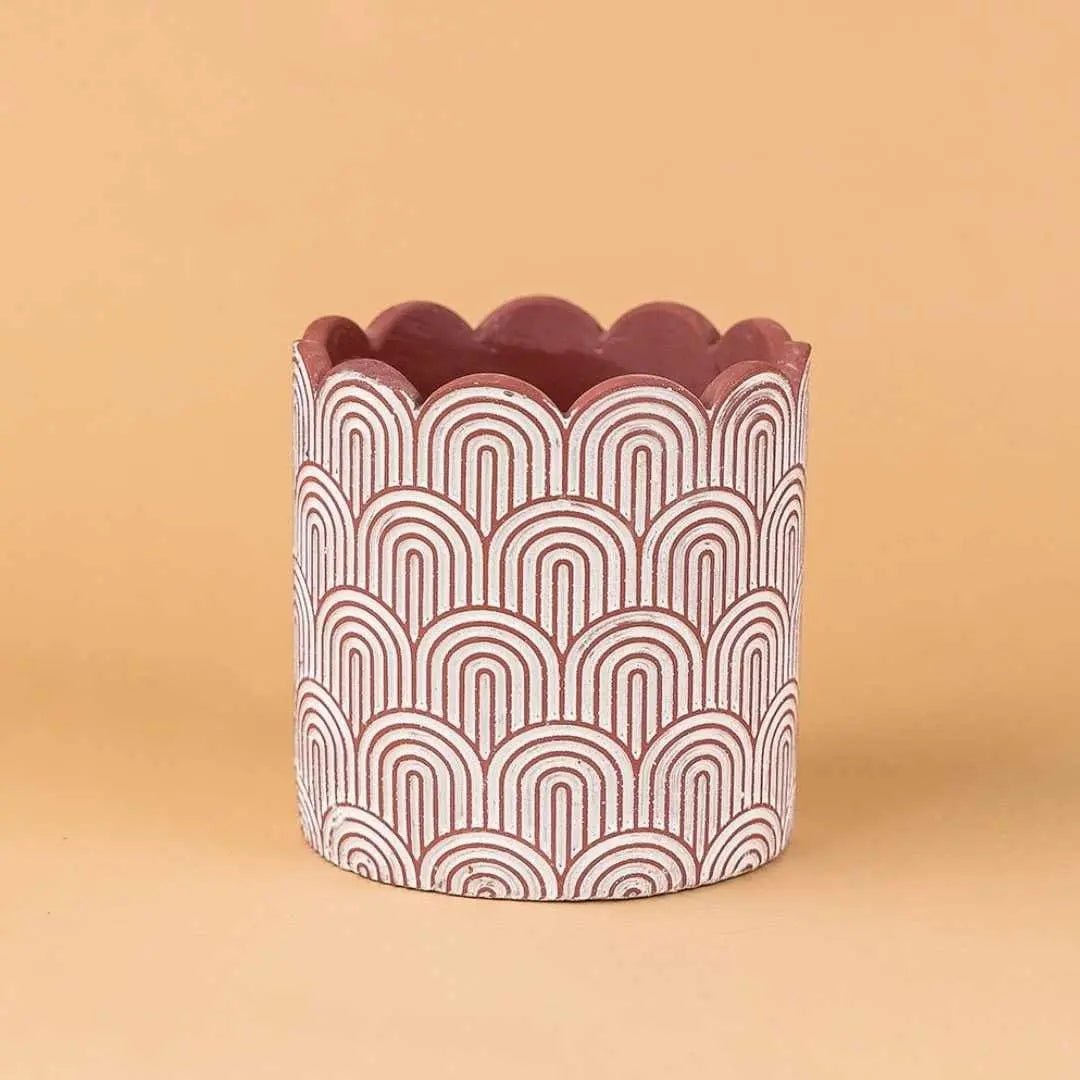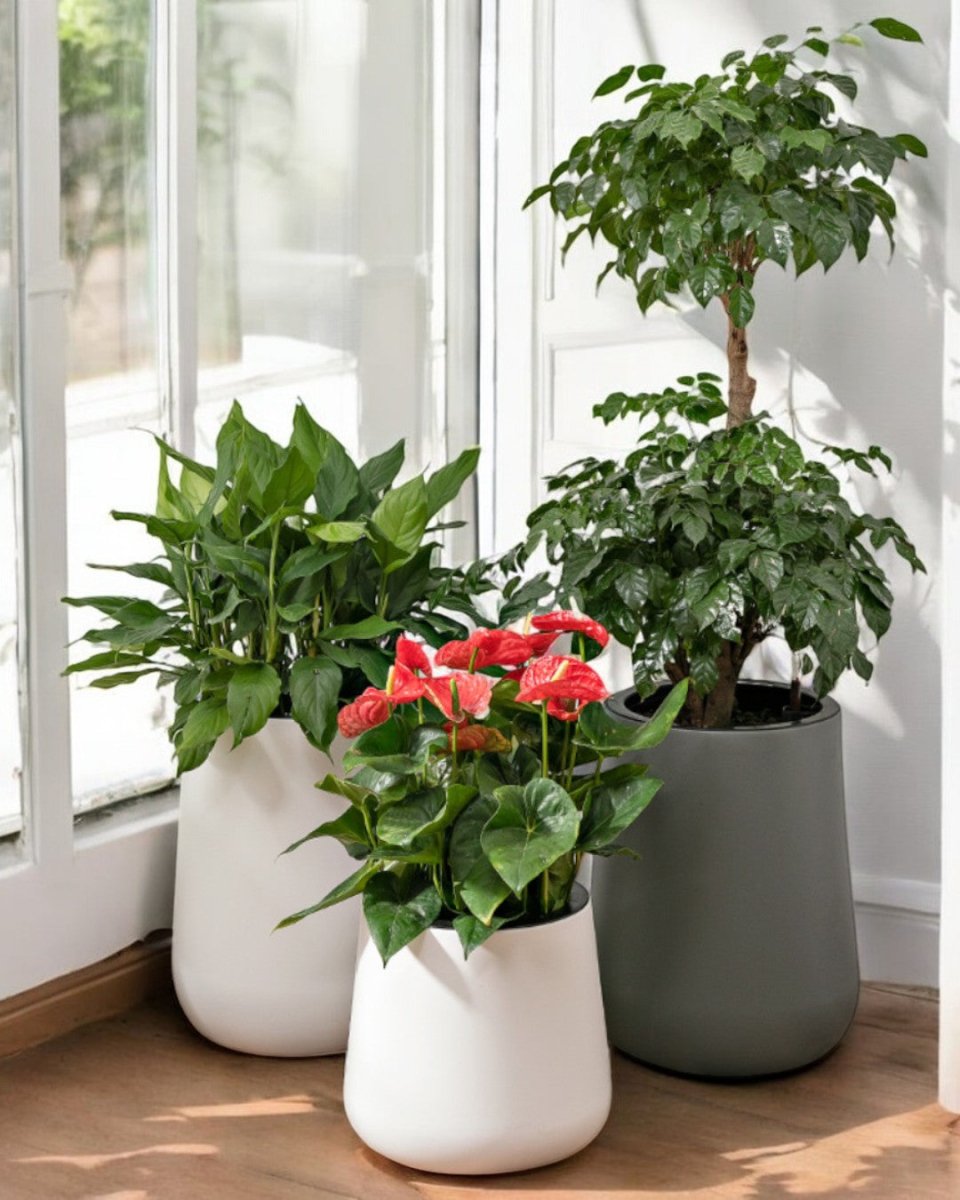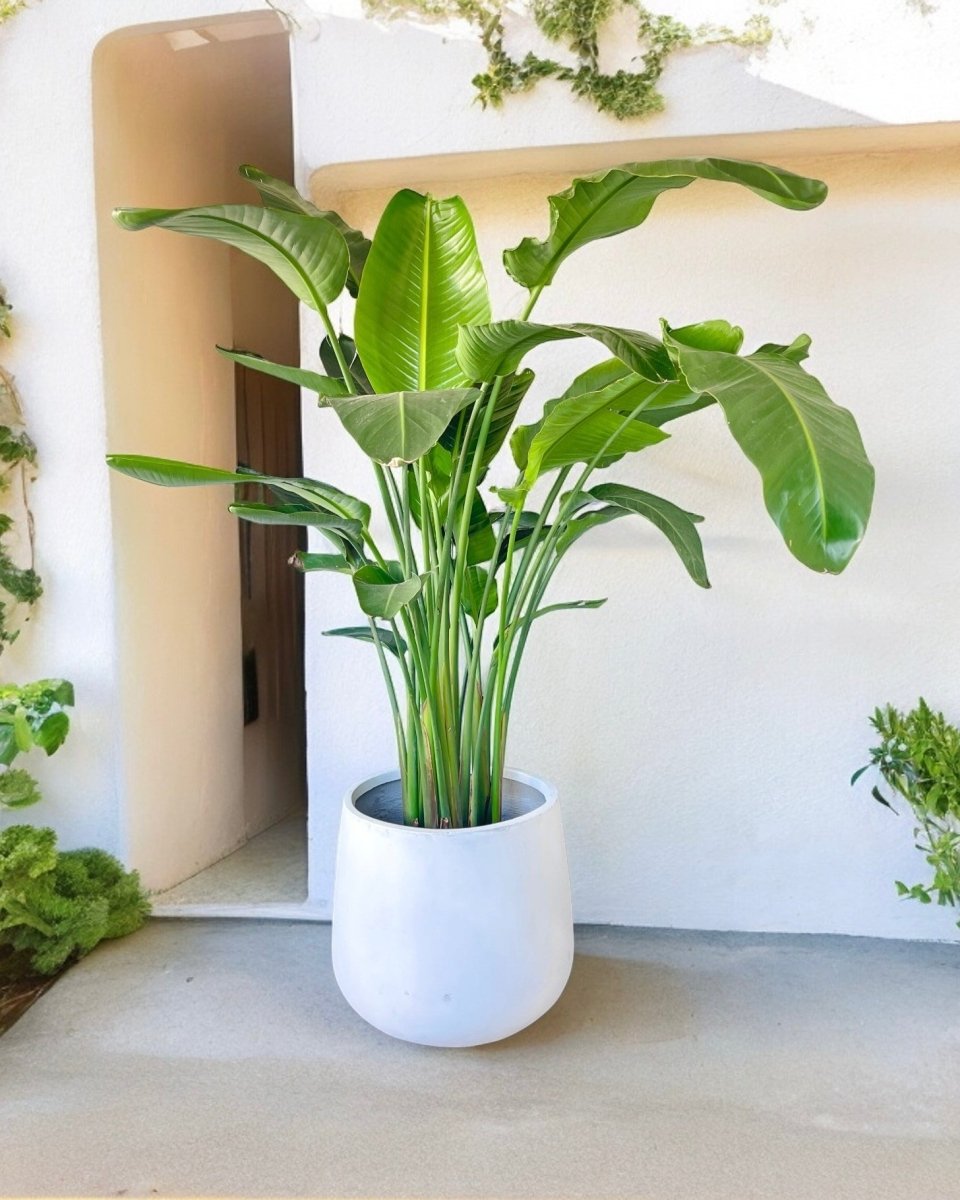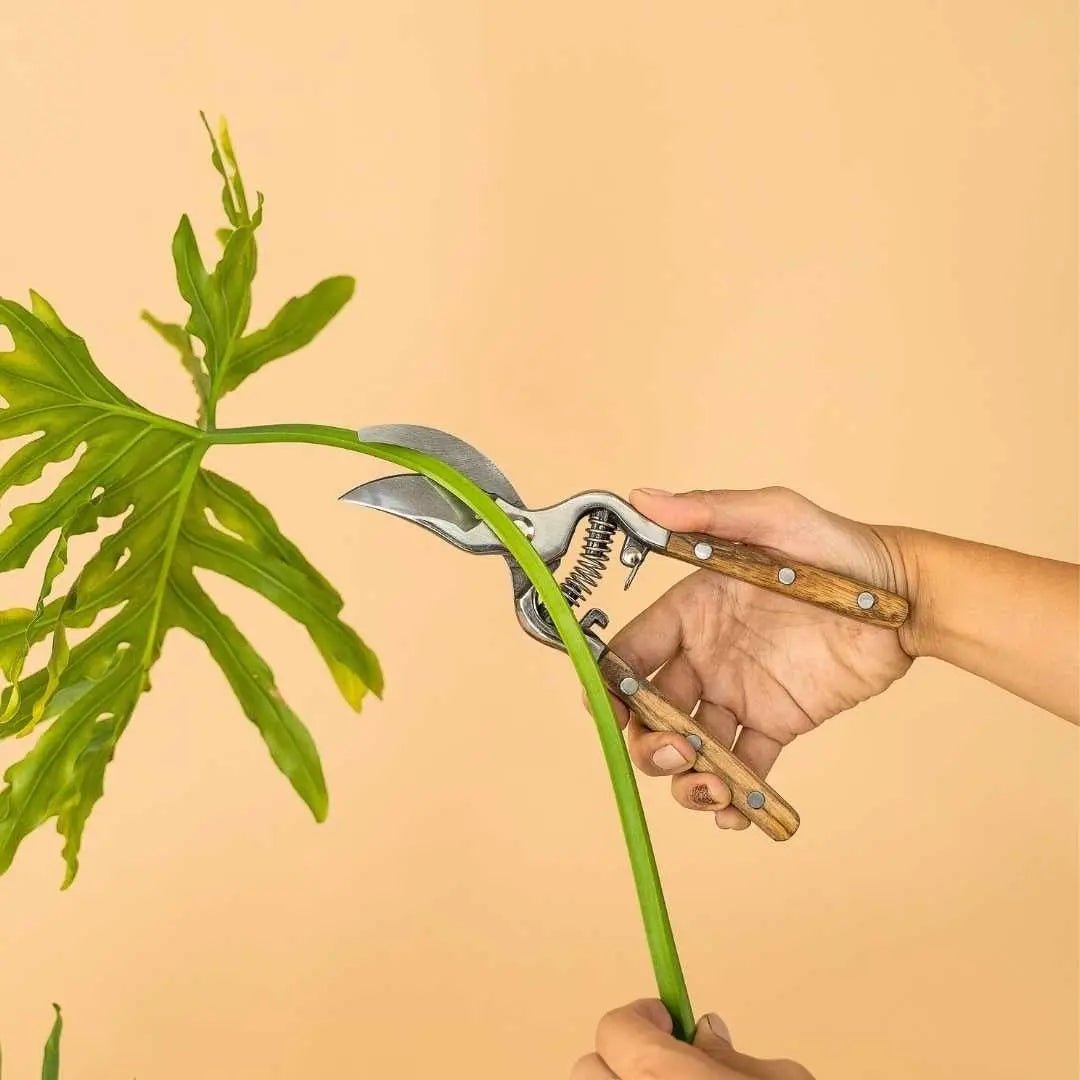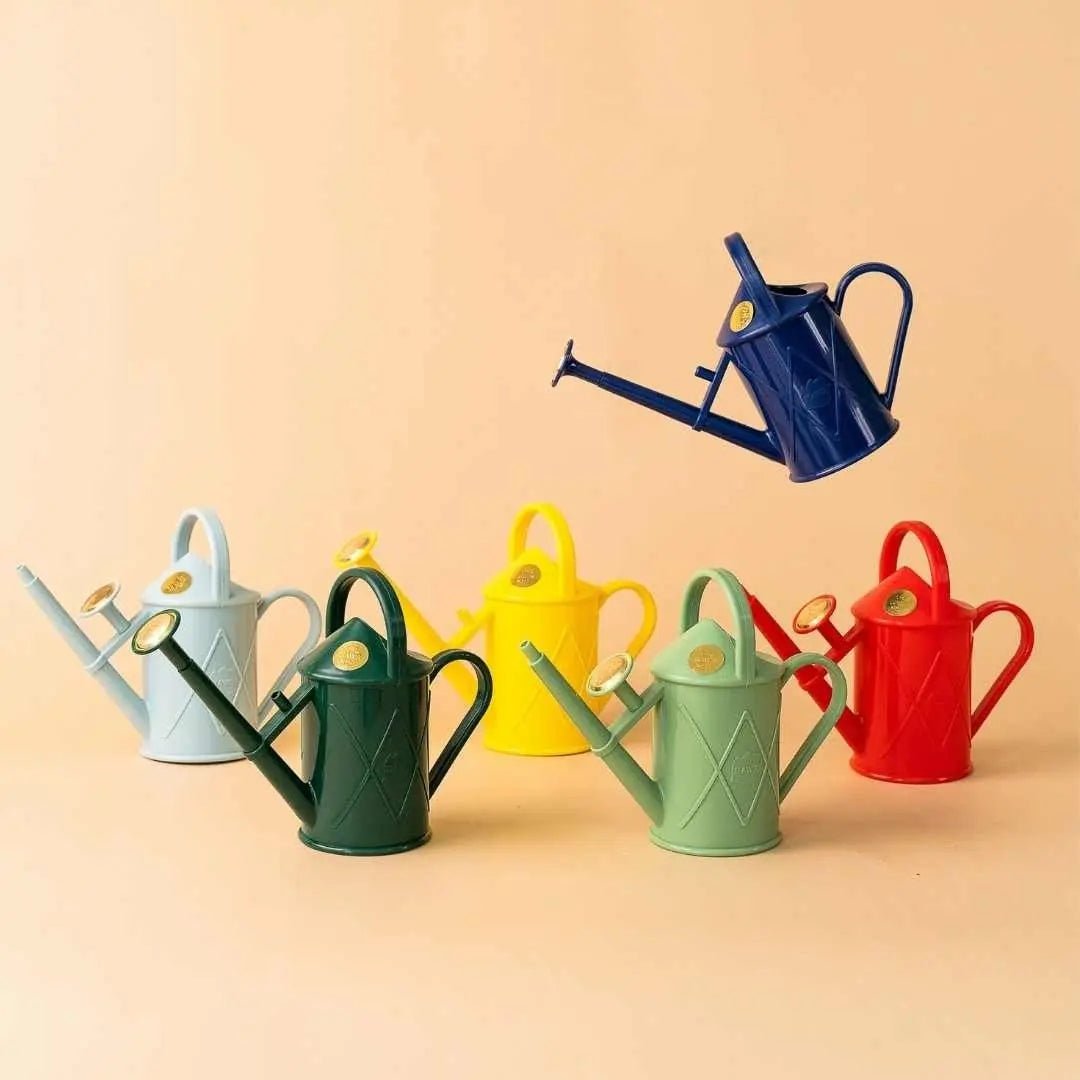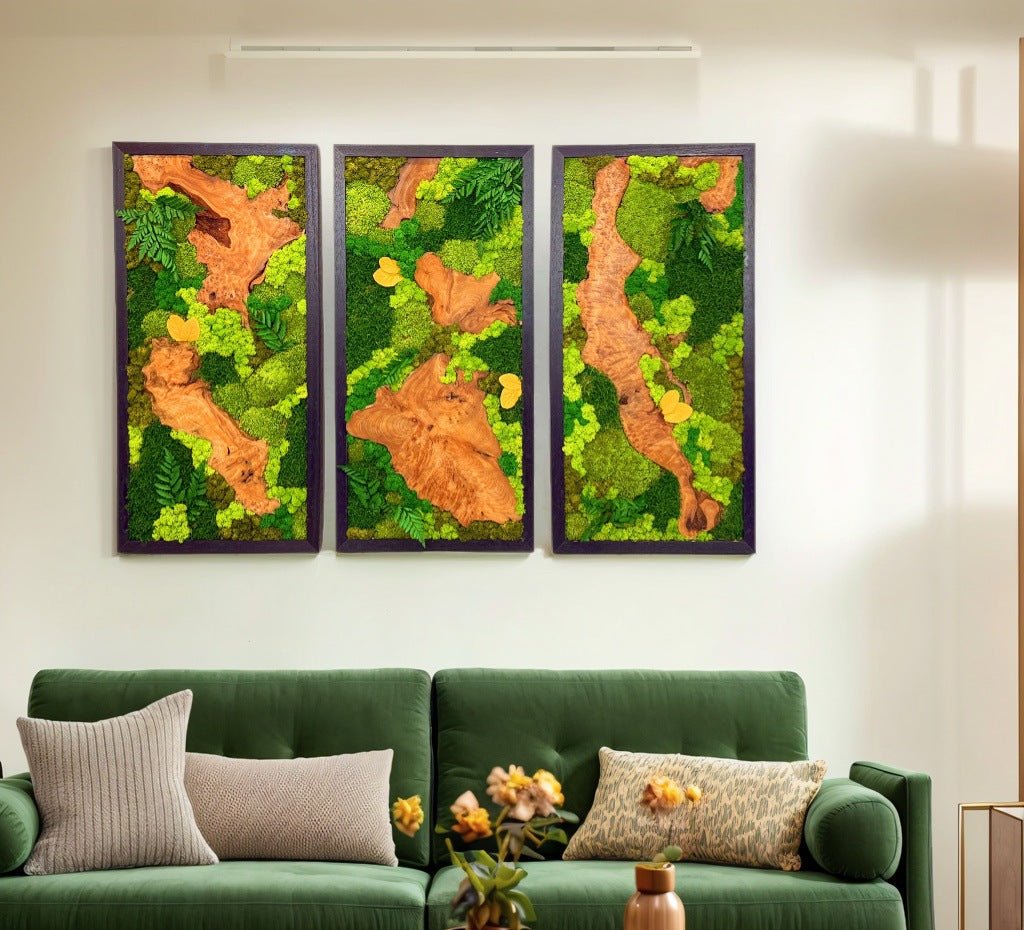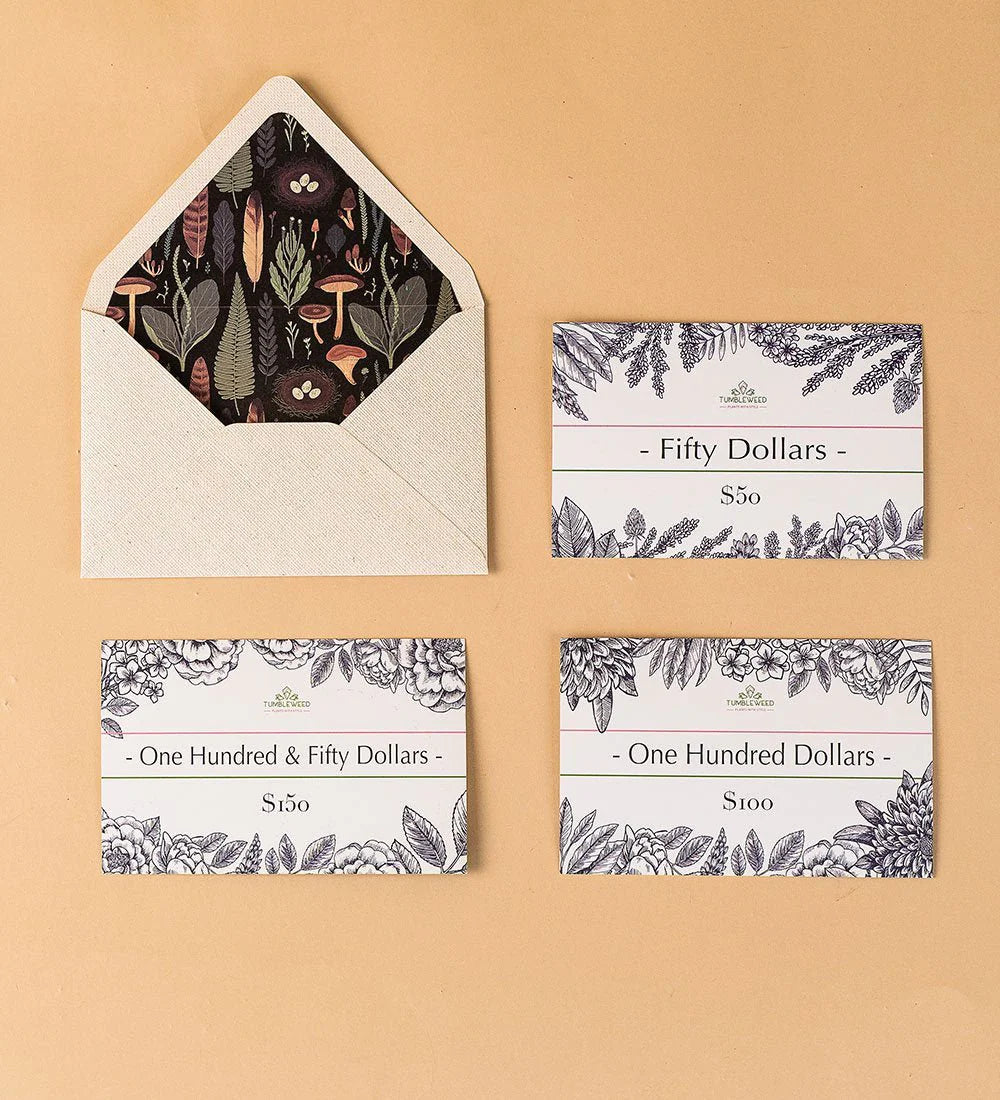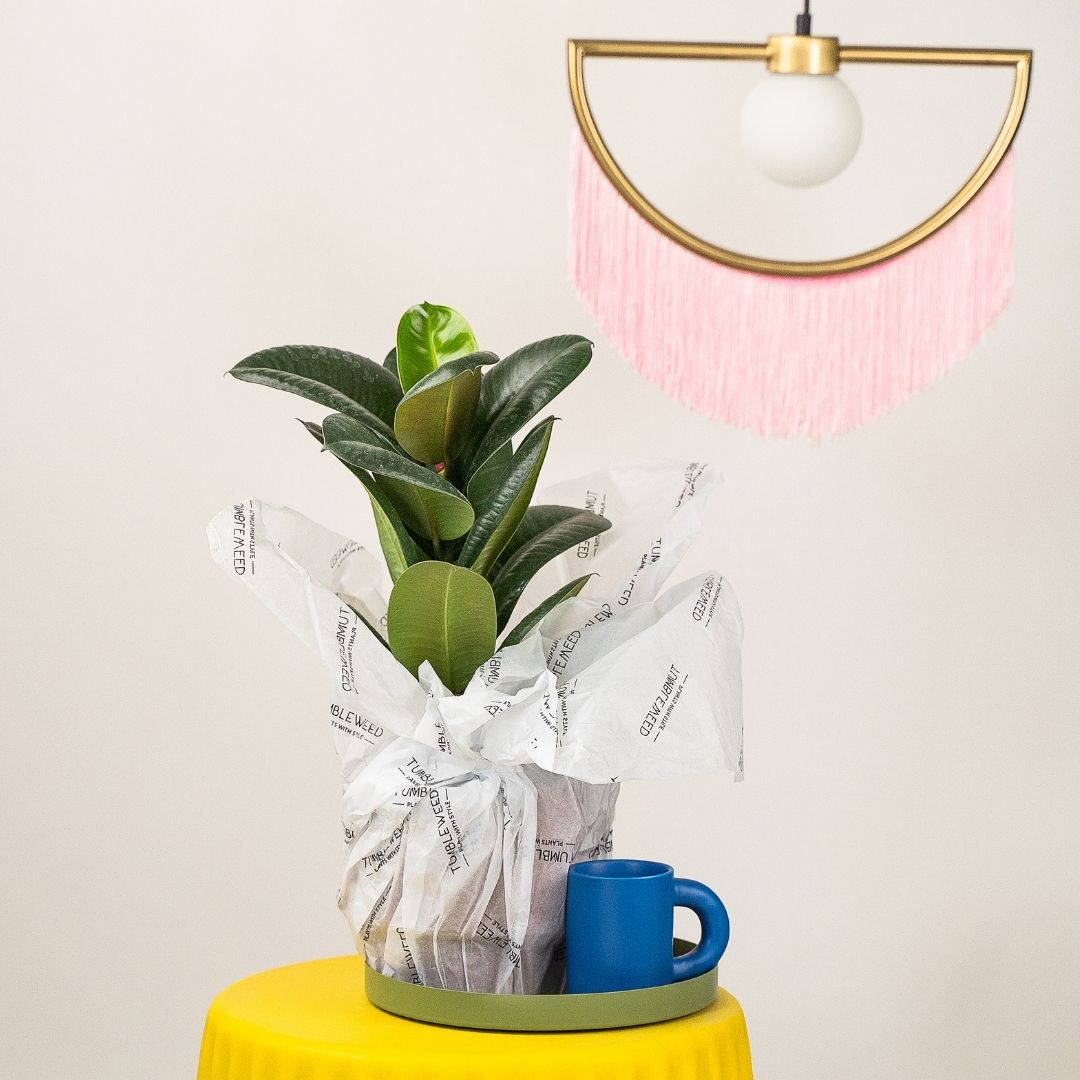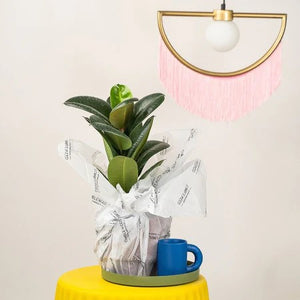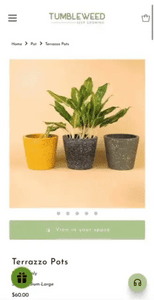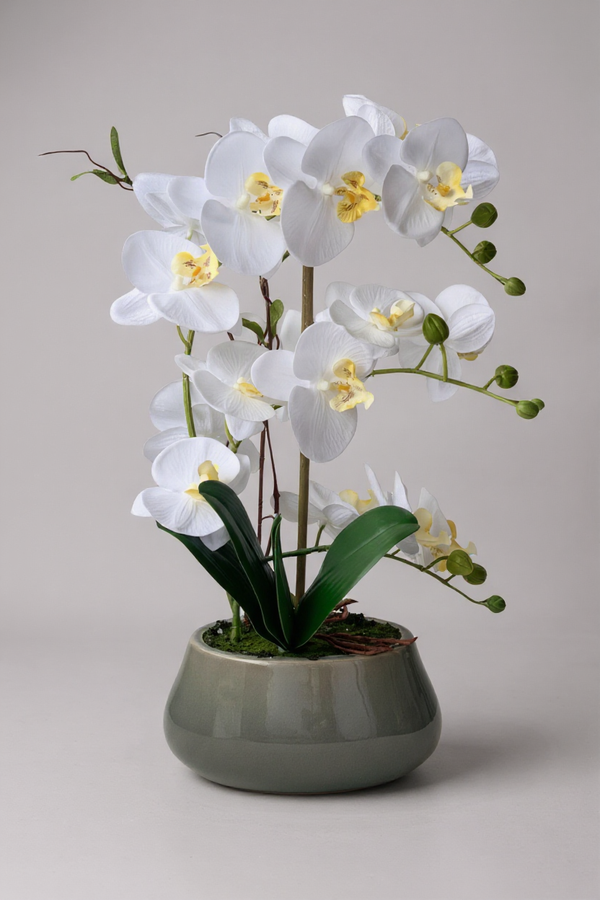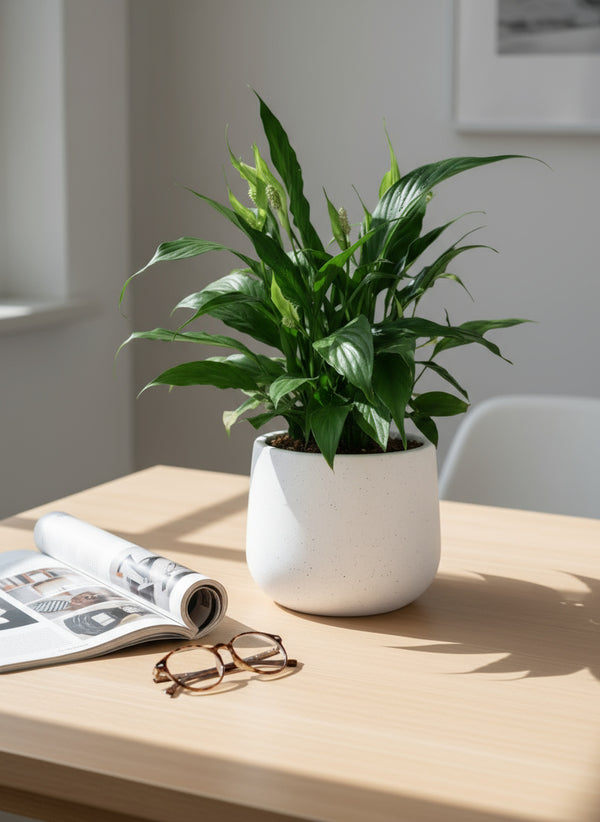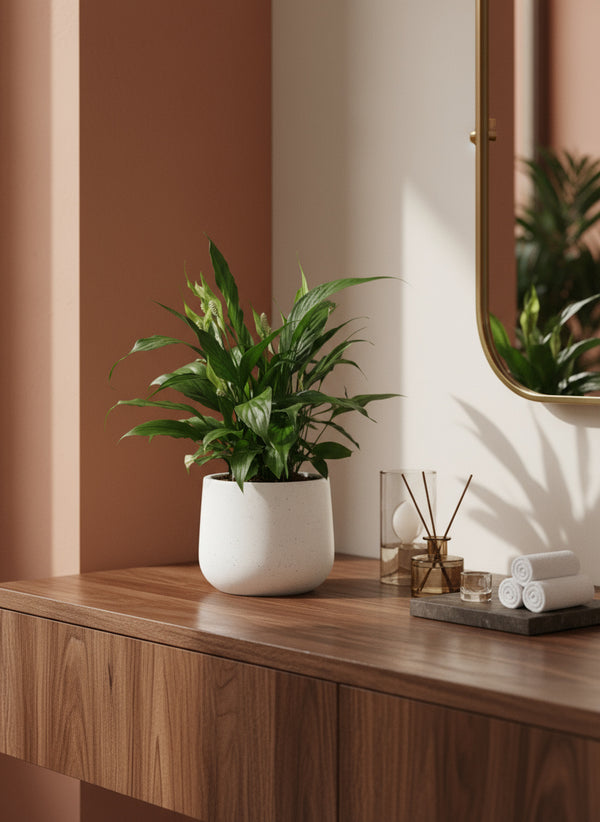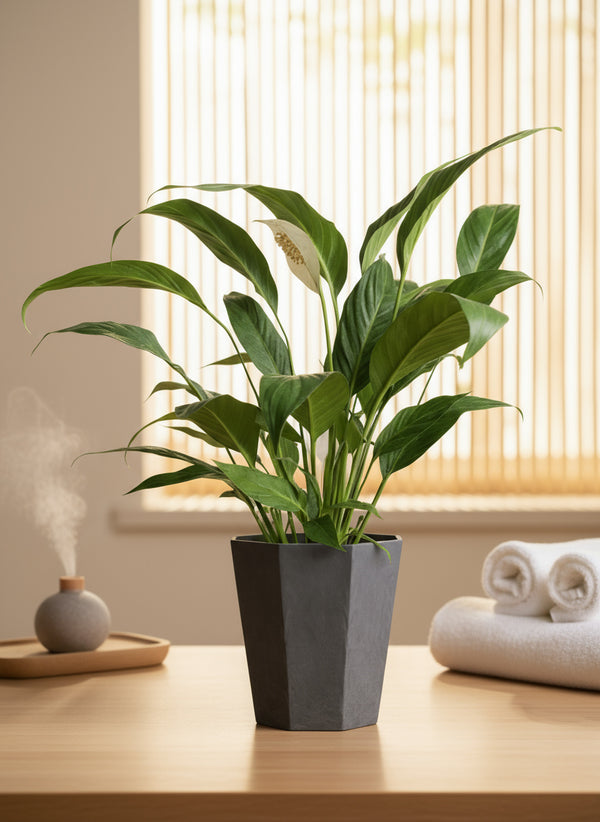General Care Guide for Flowering Plants
Most flowering plants need bright, indirect light to thrive, but some can tolerate lower light levels. They usually prefer moderate temperatures between 60-75°F (15-24°C), with protection from extreme heat or cold.
Keep the soil consistently moist but not waterlogged, allowing it to dry slightly between waterings. Many flowering plants enjoy higher humidity, so misting can help, especially in drier environments.
Use well-draining soil, typically a mix designed for flowering plants or houseplants. Repot every 1-2 years, or when the plant becomes root-bound, to ensure healthy growth.
Flowering plants can often be propagated by cuttings, seeds, or division. The method varies by species, but stem cuttings are a common and easy way to propagate most flowering plants.
Feed your flowering plants with a balanced liquid fertilizer during their growing season, usually every 4-6 weeks. Avoid over-fertilizing, as this can harm the plant.
Some flowering plants can be toxic to pets or humans if ingested. Always check the plant’s toxicity level if you have curious pets or small children around.
Yellow leaves often signal overwatering or lack of nutrients, while pests like aphids and spider mites can cause damage. Regularly inspect your plants and treat any issues promptly to maintain health.

